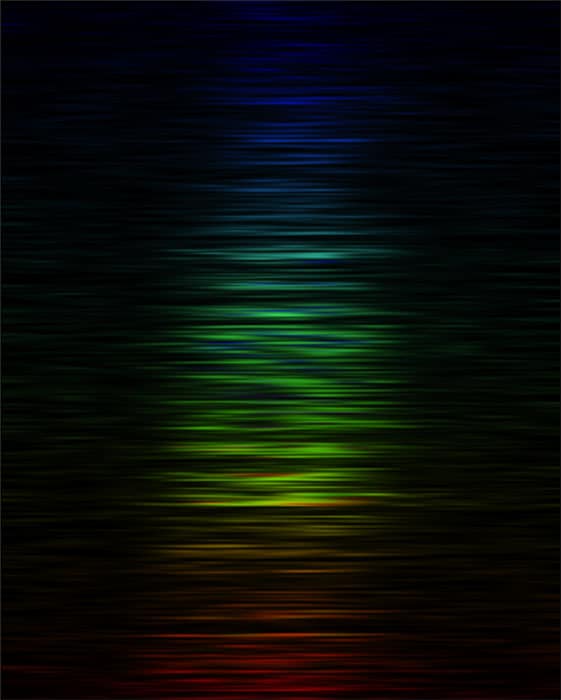Flash Physics is our daily pick of the latest need-to-know developments from the global physics community selected by Physics World‘s team of editors and reporters

First optical clock in space could improve GPS
The first optical clock to be operated in space has been launched by Matthias Lezius and colleagues at the Germany-based Menlo Systems. Based on a frequency-comb laser system, the optical clock operates at a frequency that is about 100,000 times higher than that of the microwave-based atomic clocks that are currently used on global-positioning-system (GPS) satellites. The optical clock is about 22 cm in size and weighs 22 kg. Its power consumption is about 70 W, which makes it suitable for satellite applications. Although this prototype optical clock can only operate at about one tenth the accuracy of today’s GPS atomic clocks, Lezius’ team is now working on a new version of the clock that promises to improve this accuracy by several orders of magnitude – which could boost the accuracy of GPS. The current clock was tested on board a research rocket that flew a 6 min parabolic flight. The next version of the optical clock is scheduled for testing in 2017. The research is described in Optica.
Physicist Richard Garwin wins US Presidential Medal of Freedom
The physicist and advocate of strategic nuclear-arms reduction Richard Garwin will receive a Presidential Medal of Freedom from US president Barack Obama. Garwin, who is 88, was a PhD student of Enrico Fermi at the University of Chicago before designing the first hydrogen bomb in 1952 under Edward Teller at Los Alamos National Laboratory. He then moved to IBM’s Thomas J Watson Research Center, where he is an IBM fellow emeritus. At IBM he worked on a broad range of topics including condensed matter, particle physics and gravitation. He also applied his skills to the development of touch screens, laser printers and intelligence-gathering technologies. Garwin served as a scientific adviser to presidents Kennedy, Johnson and Nixon, which is when he developed his long-standing interest in nuclear non-proliferation (see video). The medal is the highest civilian honour in the US and it will be given to Garwin and 20 other winners at a ceremony at the White House on 22 November.
Fast radio burst lights up cosmic web

A brilliant burst of radiation known as a fast radio burst (FRB) that has travelled over a billion light years has unexpectedly revealed information about the cosmic web – the large-scale structure of the universe. A team led by Ryan Shannon at the International Centre for Radio Astronomy Research (ICRAR) and Vikram Ravi of the California Institute of Technology says that the latest FRB – one of 18 to be detected to date – is one of the brightest seen. The flash was captured by CSIRO’s Parkes radio telescope in New South Wales, Australia. FRBs are extremely rare, short but intense pulses of radio waves, each only lasting about a millisecond. “This particular FRB is the first detected to date to contain detailed information about the cosmic web – regarded as the fabric of the universe – but it is also unique because its travel path can be reconstructed to a precise line of sight and back to an area of space about a billion light-years away that contains only a small number of possible home galaxies,” says Shannon. The cosmic web is very difficult to spot because most of the plasma and gas it contains is very faint. It is usually detected when large sections of it are lit up briefly, for example by a bright quasar or a FRB. This particular flash reached the Parkes radio telescope mid last year and is described in Science.
- You can find all our daily Flash Physics posts in the website’s news section, as well as on Twitter and Facebook using #FlashPhysics. Tune in to physicsworld.com later today to read today’s extensive news story on why some physicists do not like mathematics.



